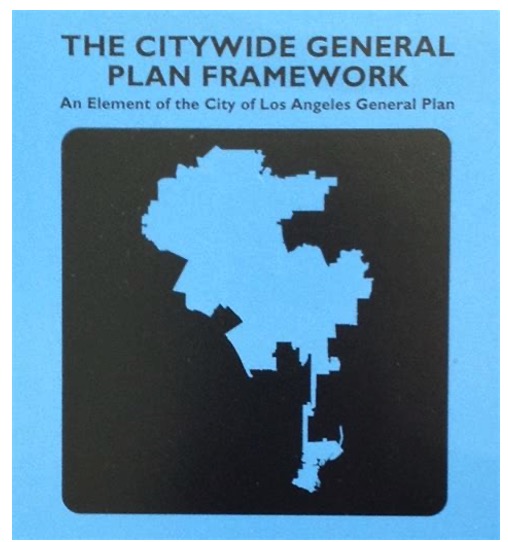Comments
PLANNING WATCH - LA’s 120 page Housing Element Implementation Ordinance is one of two ways the real estate sector hopes to increase their profits through housing construction. Their second approach is LA’s 35 Community Plans, which would be updated with an appended up-zoning ordinance. So far, only seven Community Plans have been adopted, and LA’s City Council directed that the Community Plans be revised every six years. This means that every Community Plans is out-of-date. While 17 Community Plans are slowly being updated, there is no posted review schedule for the remaining 18 plans.
If/when LA’s 35 Community Plans are eventually updated, they will include a detailed up-zoning ordinance for each plan’s residential parcels. Since this process is so behind schedule, City Hall has turned to a second legislative path to increase residential density, the citywide Housing Element Implementation Ordinance.
The public hearing for this ordinance took place on Thursday, July 25. On one side were well organized residents from a local grass roots group, United Neighborhoods. They were motivated to save their neighborhoods from real estate speculators. On the other side was California YIMBY and Abundant Housing, keen on building apartments, like those in the above photo, in the same neighborhoods. So far, the real estate sector, often through their lobbyists, have succeeded in California-wide up-zoning legislation. According to investigative reporter, Patrick McDonald,
“The organization (California Yimby) works feverishly to implement Big Real Estate and Big Tech’s pro-gentrification, trickle-down, luxury-housing agenda by pushing statewide legislation. The legislation always enriches Big Real Estate but devastates middle- and working-class neighborhoods.”
The real estate lobby pushed Senate Bill 9 through the California state legislature. It allows developers to demolish houses, subdivide the underlying lot, and then build a duplex on each half. Since few homeowners or developers want to become landlords, SB 9 has been a failure. Instead the speculators prefer to build McMansions. They are already legal, straightforwardly sold, and do not require developers to manage replacement apartments.
United Neighbors has led the charge against top-down up-zoning. They contend that Los Angeles already has more than enough existing zoning capacity, mostly on commercial corridors served by mass transit, to meet State-imposed zoning requirements. United Neighbors argues there is no need to up-zone existing residential neighborhoods. As made clear in LA’s adopted General Plan Framework Plan, LA has enormous amounts of unused zoning capacity, more than enough to meet the state’s requirement for 225,000 additional housing units in Los Angeles.
This is confirmed in the City’s own planning documents. The Environmental Impact Report for the General Plan Framework documented LA’s enormous amount of unused zoning capacity. The theoretical buildout figure for single-family homes was 786,000 houses, and the buildout number for apartments was 1,764,000 units. Since the City Council certified the Framework’s Environmental Impact Report in 1996, the City and State have approved many new density bonus laws, with more on the way when the City Council adopts the Housing Element’s Implementation Ordinance.

Conclusion? United Neighbors is correct that Los Angeles has more than enough unused zoning capacity, most of it on commercial corridors, to meet the State’s housing goals, without densifying the zoning in existing residential neighborhoods.
(Dick Platkin is a retired LA city planner. He reports on local planning issues for CityWatchLA. He is a board member of United Neighborhoods for Los Angeles (UN4LA). Previous columns are available at the CityWatchLA archives. Please send any questions to [email protected].)
















